‘Brisbane is going to shine’: Swimmer Ariarne Titmus on her Olympic dream and Brisbane 2032
Reigning pool queen Ariarne Titmus may be focused on Paris next year, but she’s also looking to the future — with Brisbane set to shine at the 2032 Olympics and Paralympic Games.
QWeekend
Don't miss out on the headlines from QWeekend. Followed categories will be added to My News.
It was an announcement that sent Brisbane hurtling towards a date with destiny.
And like many young Aussie Olympians, Ariarne Titmus did some quick mental arithmetic when Brisbane was anointed as hosts of the 2032 Olympics and Paralympics, on the eve of the Tokyo Games two years ago.
She’ll be almost 32, still young by most standards, but bordering on ancient for an Olympic swimmer.
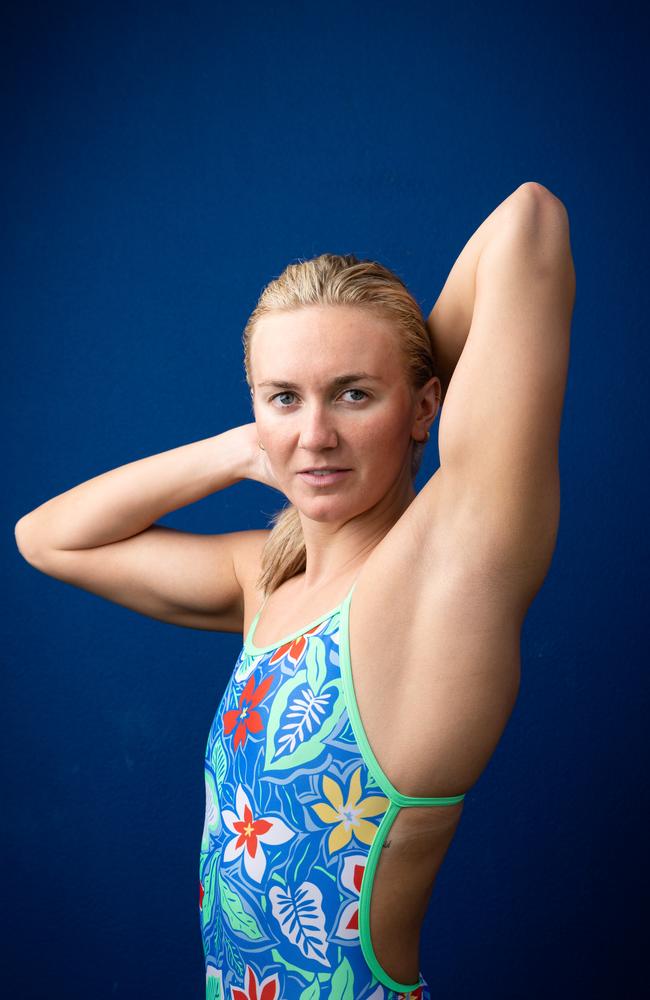
Titmus, now 23, doesn’t know if she will be able to drag her body to the starter’s block of a home Olympics, but there’s one thing she is sure of – Brisbane will shine.
“It would definitely be a stretch (for her to compete) but I live in inner city Brisbane and I do think to myself: ‘What is this going to be like when the Olympics are on?’ I feel like the whole city is going to shine.”
Brisbane might be on the distant horizon, but the Paris 2024 Games are fast approaching.
Titmus, who burst on to the scene at the 2018 Commonwealth Games (along with her super-enthusiastic dad Steve watching from the grandstands), will be among the favourites for gold in the blue ribbon 400m freestyle race in Paris, where she is likely to resume her rivalry with American great Katie Ledecky.
Now the world record holder, Titmus will have the target on her back as the hunted rather than the hunter who stalked Ledecky to take the gold medal in Tokyo.
Titmus recently underwent surgery after the “very scary” discovery of benign tumours in an ovary, but she looks fit and strong when she catches up with Qweekend at the St Peter’s Western Swim Club where she trains with coach Dean Boxall.
Originally from Tasmania, Titmus and her family relocated to Brisbane in 2015.
She still misses Tassie, but says Brisbane is her home now.

She can see the bigger picture too and what the Games will mean long term.
“People think a city is putting on an Olympic Games just to have an Olympic Games, but it is much more than that,” she says.
“A city can grow so much in other areas when you host an Olympic Games.”
Much of that growth is happening now.
By 2032, Brisbane Airport will be feasting on the fruits of a game-changing $5bn redevelopment designed to enhance Queensland’s gateway to the world. Major upgrades to both the domestic and international terminals will be completed, along with the first stage of a new third terminal.
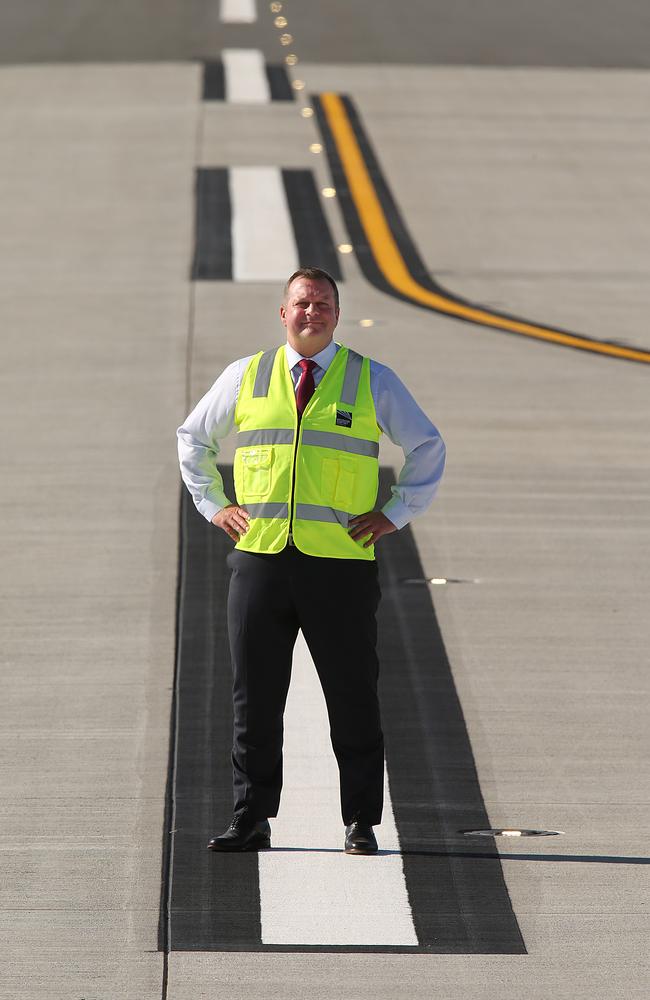
“We’re embarking on our next great transformation to create a better airport experience for Queensland’s growing population and all who want to visit,” Brisbane Airport CEO Gert-Jan de Graaff says.
“Future BNE is not one project, but 150 projects across 10 years that will transform the Brisbane Airport precinct. It will really create an airport Queenslanders can be proud of.”
Cross River Rail, the project any visitors to the Gabba might have noticed over the past year, is also being lauded as a game-changer for public transport, with six new stations to be delivered, including a subway station on the Gabba’s doorstep. While some have expressed concern at the loss of a direct train line between Brisbane Airport and the Gold Coast, supporters argue vastly increased train frequency (instead of the current 2-3 per hour) would offset that as a minor inconvenience.
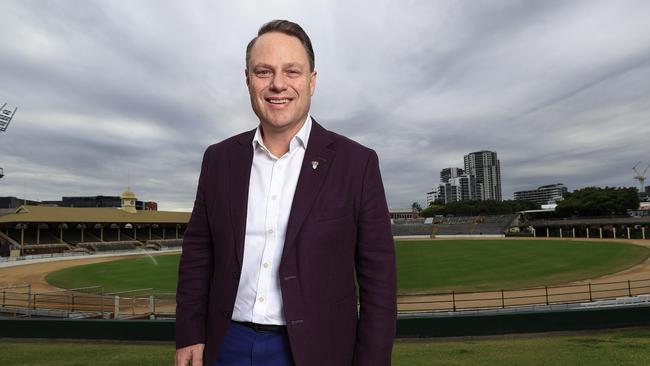
Lord Mayor Adrian Schrinner says the city’s star turn during the recent FIFA Women’s World Cup gave a taste of what could be in store come 2032.
“I asked a first-time visitor what they thought of Brisbane and they said it had such a buzz around it,” he says.
“It’s got some growing pains (the city is estimated to reach a population of 1.5 million by 2032) but that buzz will continue.”
The “growing pains” are a task for civic leaders and city planners, with a focus on building urban population in and around the city centre rather than a continued urban sprawl, but as Schrinner points out, it is a one-time chance.
“This window of opportunity is a once-in-a-lifetime opportunity to do amazing things,” he says.
He is also a fan of extending trading hours to stimulate the night-time economy and to cater for visitors who are used to cities that never sleep.
Tourism Minister Stirling Hinchliffe says the “visibility” generated by becoming an Olympic city would create a legacy all of its own.
“Straight after the 2032 announcement Brisbane was sitting as one of the most Googled terms on the internet that day, which was great on one hand, but on the other it showed we were not as well known as we would like to be,” he says.
“We want to make sure Brisbane isn’t just on everyone’s lips during the Games, but all the time.”
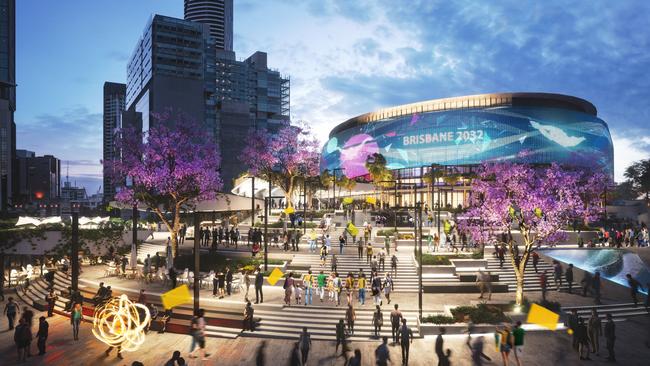
ARTS AND CULTURE
There used to be a joke that the only culture in Queensland was at the Caboolture fruit yoghurt factory – and even that’s gone.
Sure, Queenslanders could guzzle XXXX and wrangle crocodiles with the best of them, but culture? Leave that to Sydney and Melbourne.
Of course, those in the know know better with the city’s performing arts and music sectors attracting fiercely loyal followings, but convincing the masses of Queensland’s cultural credentials has been a hard slog.
But there’s never been a better platform for change.
It’s over two years since Brisbane was announced as the host of the 2032 Olympic and Paralympic Games.
It’s an extraordinarily long runway – Sydney was famously announced just seven years in advance, similarly Tokyo and Beijing.
While some privately fear not enough groundwork has been done so far, there are still almost nine years until Show Time.
Olympic legacy has become a popular catchphrase, with workshops and think tanks and round tables and all sorts of management buzzwords devoted to answering the question of how to ensure Brisbane doesn’t waste its golden moment.
Some of the biggest legacy projects are obvious – upgraded sporting and transport infrastructure will provide benefits for generations, along with an increased focus on accessibility and climate-friendly initiatives, but there is now an increasing groundswell seeking to elevate Brisbane’s cultural standing.
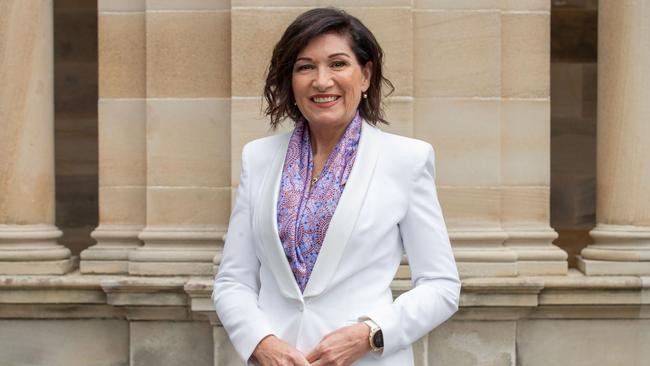
The state government this month unveiled Elevate 2042, a strategy dedicated to enshrining the legacy of the 2032 Games. The government has also recognised the opportunity that the Olympic and Paralympic Games will give to embrace the arts and is investing $80m to develop the workforce, supply chains, and cultural tourism events and experiences to support cultural programming as well as a statewide festival “that showcases our cultural identity and talent to global audiences”.
A 10-year vision, titled Creative Together 2020-2030, is already in train with the goal of growing the sector, as Queensland Arts Minister Leeanne Enoch explains.
“(This) will boost the capacity of the sector, ensuring talented Queensland artists and companies can make and present theirwork in Queensland and export Queensland-made work to international markets, and grow cultural events, festivals and programming that activate communities and attract visitors to all corners of the state,” she says.
The state is also investing in infrastructure including a new performing arts venue at QPAC, delivering a 1500-capacity theatre and transforming the venue into the largest performing arts centre in Australia.

QPAC chief executive John Kotzas says the new theatre will “allow us to bring even more of Australia’s and the world’s best” to Queensland.
“In 2032 all eyes will be on Brisbane and it’s exciting to think that QPAC and the Queensland Cultural Centre will be a symbol of our state’s cultural vibrancy,’’ Kotzas says.
“I imagine our thriving arts scene will be even more of a driver in tourism and economic return for the state.”
Business cases are underway too for a First Nations Cultural Centre in Brisbane, alongside a First Nations Cultural Centre in Cairns, which would showcase and celebrate the unique history and rich legends of Aboriginal and Torres Strait Islander people.
QAGOMA director Chris Saines says the First Nations Cultural Centre is the “big missing piece in our cultural landscape’’.
“The Olympics present an extraordinary opportunity for the arts in Brisbane because they will bring the world to our doorstep,’’ he says.
“This represents a cultural tourism moment for us on an industrial scale. It’s one that the arts community must seize because its cumulative effects can and will change our cultural landscape forever.’’
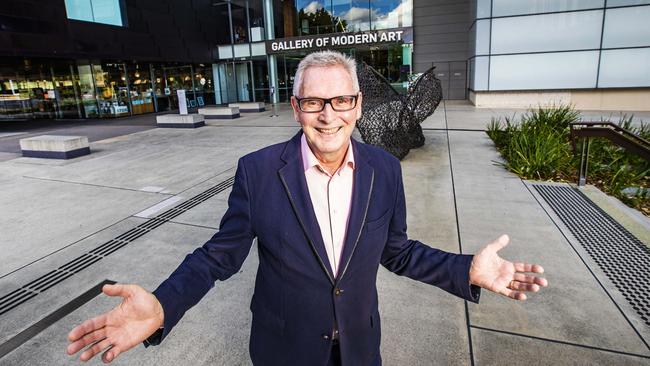
Queen’s Wharf, the huge $3.6bn precinct designed to serve as the city’s entertainment heart once it opens next year, will also have cultural arteries, with a multimillion-dollar public art program to feature signature artworks along with 7.5ha of public space within the entertainment and tourism precinct.
Internationally-renowned artists, including Brisbane’s own Lindy Lee, have already been commissioned to deliver stunning public artworks which will essentially provide a free, open-air gallery sure to capture the interest of culture vultures.
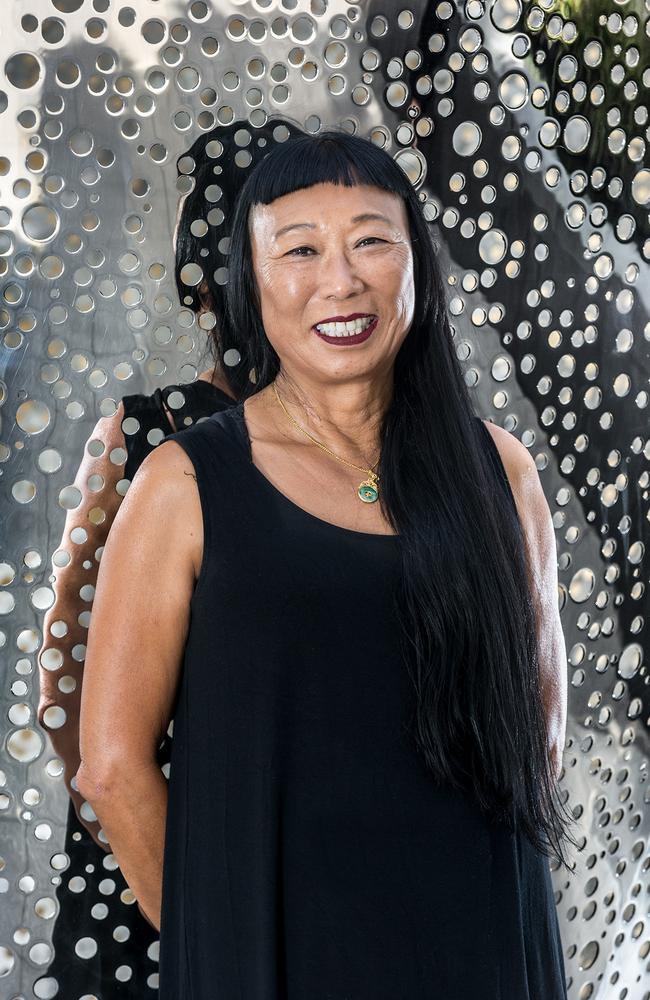
“Our collection of multi-million-dollar art installations across the precinct will be stunning and permanently on public view,” The Star Entertainment Group CEO Robbie Cooke says.
“The new Neville Bonner Bridge will provide a direct connection from Queen’sWharf to South Bank and the city’s premier cultural precinct.”
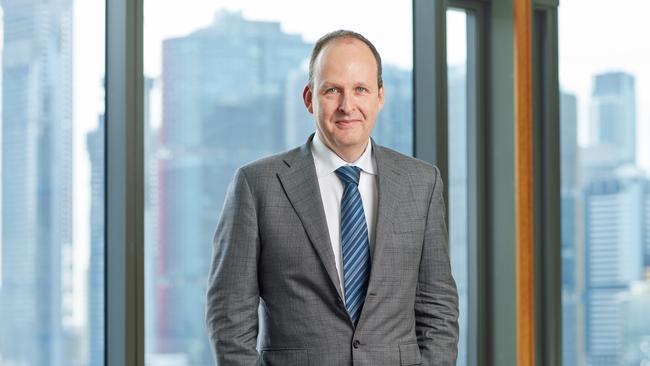
If you want to talk culture vultures, who better than John Collins, director of cult live music venue The Triffid and the former bass player for Powderfinger.
A Brisbane boy through and through with passions for both sport and music, Collins seesthe Olympics as a golden opportunity to marry the two together as part of Brisbane’s future landscape.
“Sport needs a soundtrack and Brisbane needs a soundtrack,” he says.
“During the Olympics themselves, I imagine there will be concerts at places like River Stage and it will all be happening,but we also have a great opportunity to work the relationship between sport and music a bit better in the years before and after the Olympics. This city has music in its bones and sport in its bones and they can be very complementary.’’
The Triffid itself is the perfect prototype for melding past and future with the intimate music hall created from the bonesof a World War II hangar in Newstead, one of those once-bleak, inner city industrial suburbs now well and truly “having a moment” with live venues, dining establishments and an ever-growing collection of craft breweries and watering holes.
While The Triffid serves as a comma in the city’s evolving entertainment scene, the long-awaited Brisbane Arena, a $2bn entertainment hub planned for a site above Roma St station, will be the exclamation point.
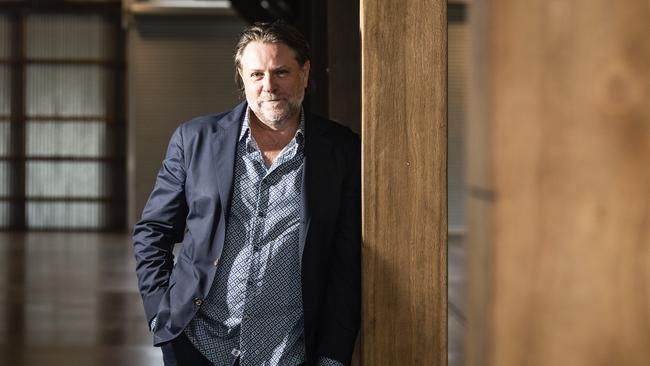
Earmarked as the host of Olympic swimming events during the 2032 Games, Brisbane Arena’s long-term legacy will lie in the dozens of extra concerts and events it can bring to the River City.
With an 18,000-seat indoor arena, it would cover the Goldilocks conundrum, catering for events too big for the Brisbane Convention Centre (4000-capacity) or Entertainment Centre (10-12,000), but not viable for full-blown stadium shows where 50-60,000 people cram into Suncorp Stadium or The Gabba.
Entertainment guru Harvey Lister, the Asia Pacific boss of the ASM Global group which runs dozens of iconic entertainment venues around the world, says Brisbane Arena would change the landscape for the city’s entertainment scene.
“I’m really excited about that corner of the market,” says Lister, one of the frontrunners to deliver the project.
“There will always be scope for the megastars to play stadiums, but the costs of stadium shows are quite high and if someone can play three nights with 18,000 fans instead of one night trying to get 50,000, everybody gets a positive impact.”
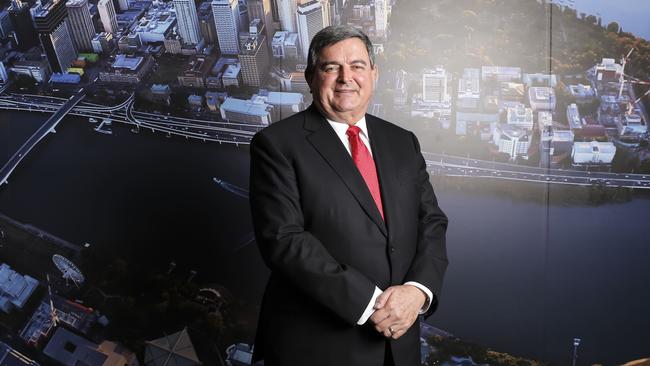
The future of the oft-maligned Entertainment Centre at Boondall remains uncertain beyond a stint as host venue for Olympic handball, but Lister believes it still has a place.
“There’s a big jump from hosting 4000 to hosting 18,000 so it would be advantageous to have that middle ground and if BrisbaneArena was getting concerts and events every week, Boondall could still host some of the longer-running events like a Disney on Ice or a Marvel show or Cirque du Soleil,” he says.
“It gives us a lot more room to move. I think we’re in for a charmed existence in the entertainment space in Brisbane for the next 20 years.”

Tourism Minister Stirling Hinchliffe says the Olympics could serve as a catalyst to change the narrative on Brisbane’s cultural scene in the same way the Games did for Barcelona.
“Barcelona didn’t have a global reputation in a big way before 1992, but it is now one of the great visitor cities of the world and that’s not just because of sports,” he says.
“It’s about culture, it’s about the arts, it’s the whole package. Any form of artistic expression is going to have a platform.’’





